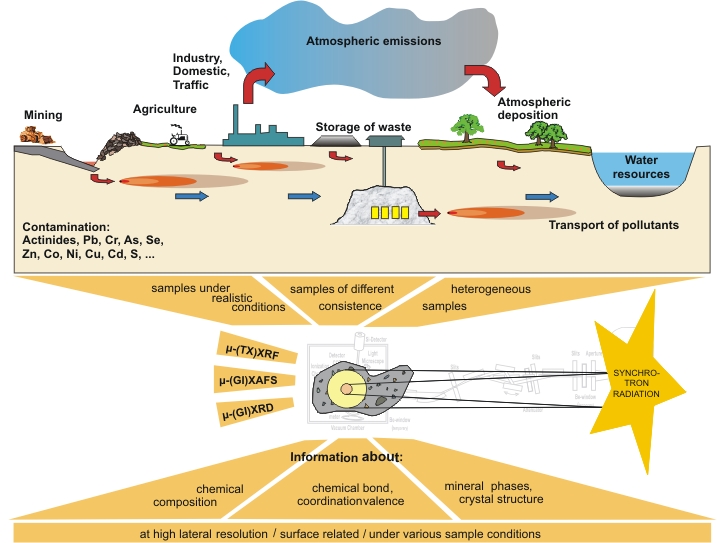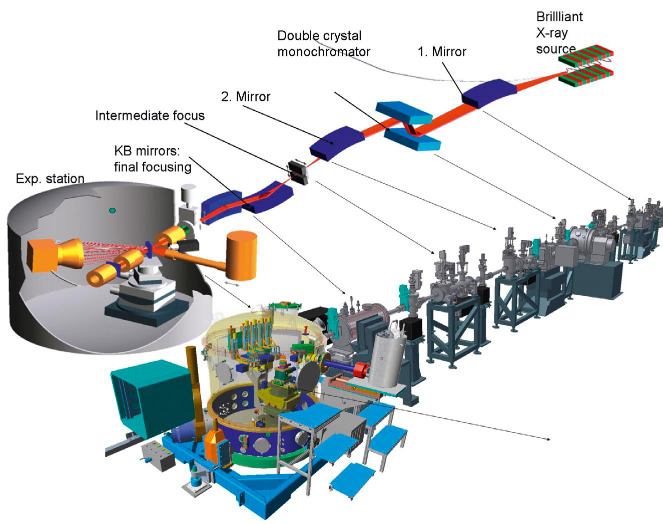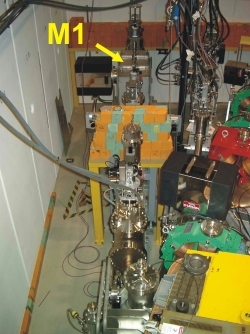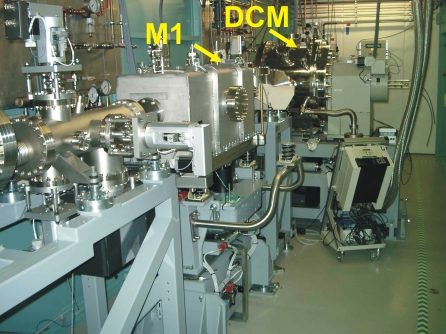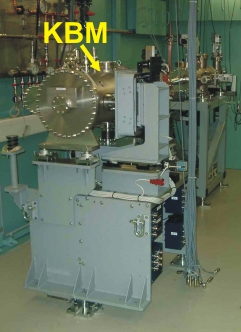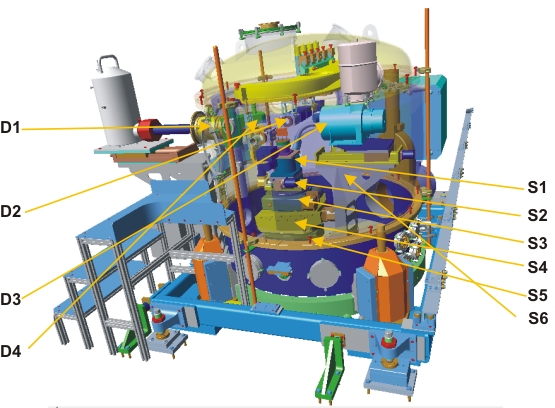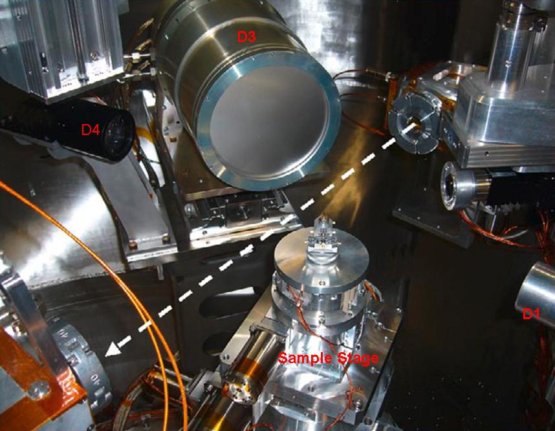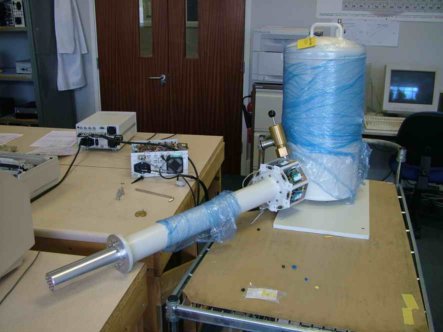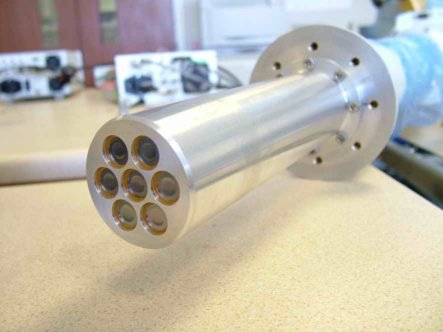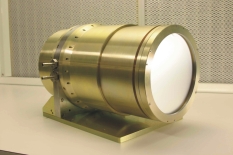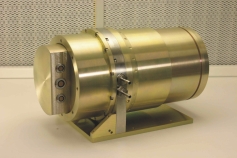Fluorescence Spectroscopy:
- elemental mapping of an extended sample :e.g. thin section of a contaminated soil sample
(microfocused beam size mode) - high sensitivity to low concentrations (primary “white light” beam with its high flux mode)
Absorption spectroscopy for all elements between S(Al) and U:
- information about the local atomic geometry (EXAFS)
- chemical state of the absorbing atom (XANES)
- investigations on ordered (crystalline) and disordered (amorphous, liquid) materials
- dilute species and light elements (fluorescence mode of XAS)
Diffraction experiments (powder and aggregates of crystals):
- location of pollutant atoms within a crystalline mineral matrix
- investigation of sample concentrations, chemical states of elements and their
associated mineral phases down to the μm scale - essential key parameters for environmental and health risk assessment
Advantages
- Nondestructive, Surface / volume sensitive
- Three X-ray techniques with microfocus without sample remounting
- Spectroscopy from light elements S(Al) to U at a single beamline
Purpose, summarized
- Environmental science, material science, biology
- Focus on inhomogeneous, complex samples
- Spatial element distribution, speciation, and mineral phase determination

